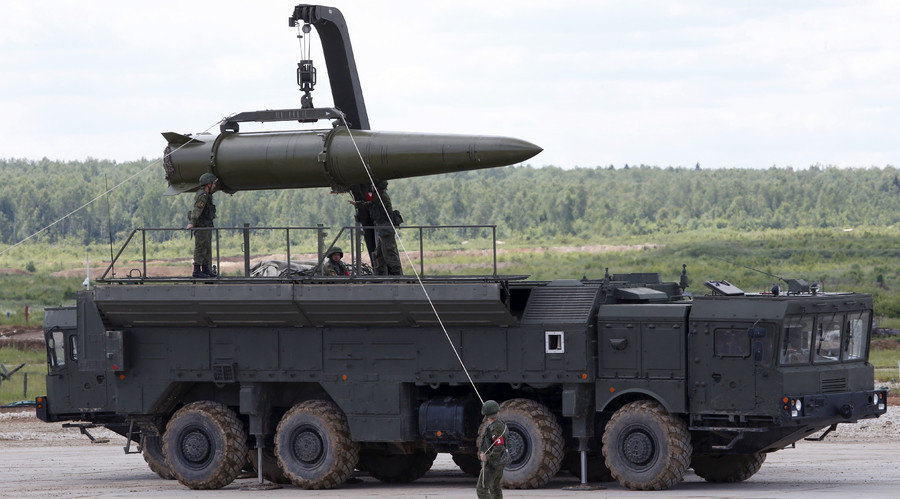5 reasons why US antimissiles in Europe threaten Russia
especiales

ABM sites in Romania and Poland could be converted to fire Tomahawks
The system deployed in Europe is called Aegis Ashore and is derived from a naval antiballistic missile system. The Standard Missile 3 interceptors are launched by a variant of Mk 41 VLS. The same vertical launch system is used by the US Navy to launch Tomahawk cruise missiles. Russian defense experts believe the launchers in Romania and Poland can be secretly converted to enable firing cruise missiles at targets in Russia. The US is banned from deploying Tomahawk missiles in Europe by the Intermediate-Range Nuclear Forces Treaty (INF), which Moscow and Washington signed in 1987.
ABM sites will constantly monitor Russian airspace

To fire interceptors at ballistic missiles they must be targeted by a powerful radar station, and US sites in Europe have those. They can be used to monitor a large part of Russian airspace. The Russian military are not happy that NATO would get additional intelligence on movements of aircraft and missile tests. A similar concern is voiced by China, when it criticizes US plans to deploy the THAAD long-range antimissile system in South Korea to counter threats from Pyongyang.
ABM sites would counter Russian capabilities in a potential small-scale conflict
While the US is right in saying that the few interceptors placed in Europe would not stop a full-scale strategic nuclear missile attack by Russia, in a smaller-scale conventional conflict the European sites would undermine Russia’s ability to use warplanes and tactical missiles.
US-developed target missiles for ABM shield violate missile treaty, Russia says
The US has developed several rockets to serve as targets during tests of its national antiballistic missile technologies, including Hera, LRALT and MRT. Russia believes those missiles violate the spirit of the INF treaty, because if they had warheads, they would have been banned. The reasoning is not unlike the one the US uses, when it says that North Korea’s satellite launches are actually disguised tests of long-range ballistic missiles for Pyongyang’s military.
The US rejected all Russian suggestions to address Russia’s concerns

Over the decades Russia suggested a number of ways, which would have reduced the tension over American antimissile deployments. It offered alternative radar, which would monitor Iran, but not Russia. It suggested inspection mechanisms, which would allow the Russian military to ensure that no foul play was happening on the ABM sites. It suggested a new treaty, which would legally bind the US not to use the system against Russia. Washington rejected them all and said that verbal assurances were enough. Considering that Moscow was verbally assured that NATO would not expand eastwards after withdrawal from Eastern Germany and how things actually turned out, Russia’s skepticism is well-grounded.













Add new comment